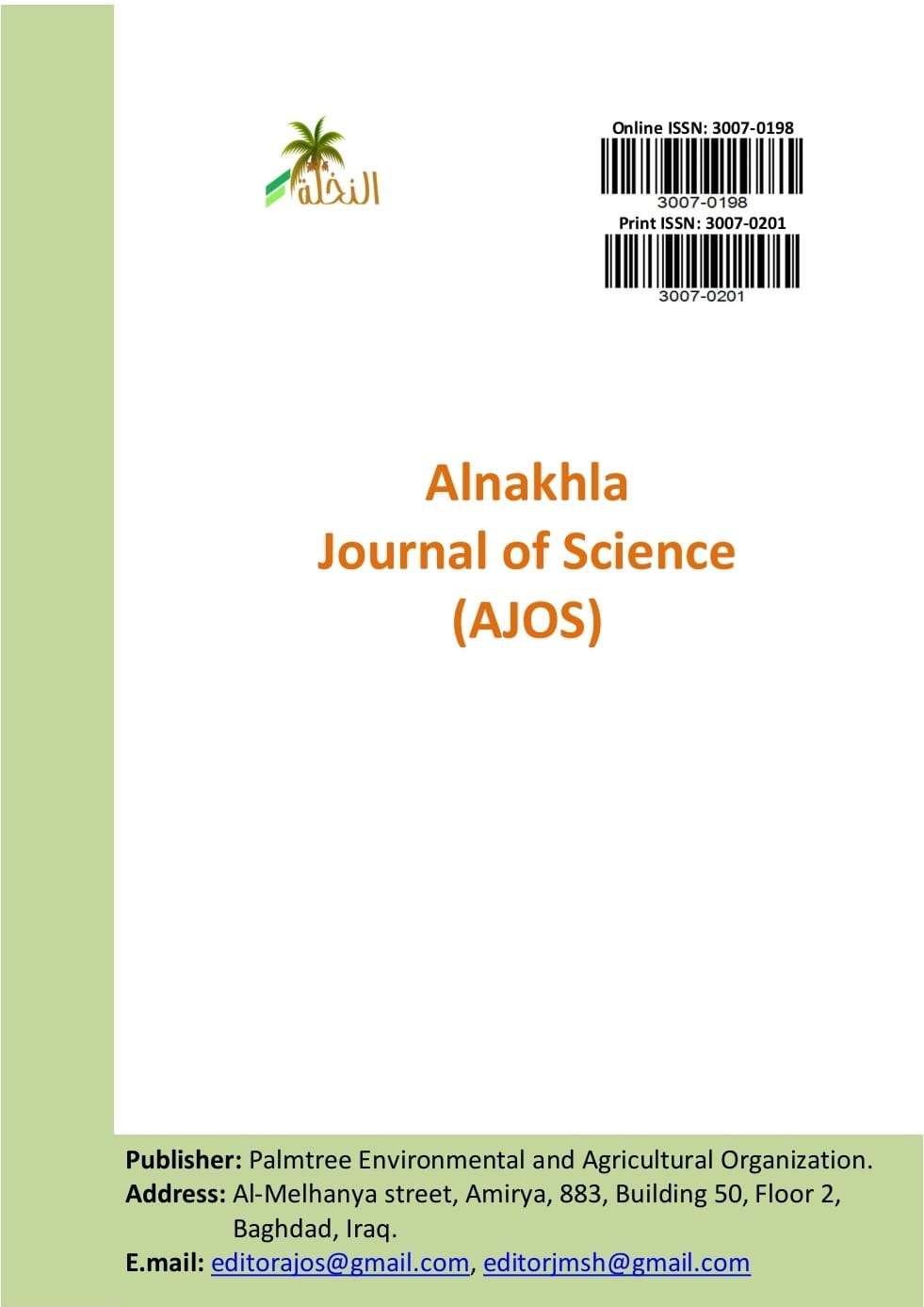The effect of seeding date and rate on growth and productivity of wheat under the rice-wheat successive system
DOI:
https://doi.org/10.63799/qgybb185Keywords:
Sowing date, Sowing rate, Rice-wheat succession systemAbstract
A field experiment was carried out in the fields of the rice research station in Al-Mishkhab - Najaf Governorate, belongs to the Agricultural Research Office, in the winter seasons 2014-2015 and 2016-2017 to study the effect of seeding date and rate on the growth and productivity of wheat grown under the rice-wheat successive system. The wheat variety Abaa 99 was planted in the fields of the Jasmine rice variety, and the plants were standing and not yet harvested, on two dates, 11/15 and 12/15, at four seeding rates of 120, 160, 200, and 240 kg/ha, according to a randomized complete block design in the order of factorial experiments, with three replications. The results showed that the early planting date of 11/15 outperformed the late date of 15/12 in all the studied traits, as it gave the highest grain yields of 2,635 and 3,690 tons/ha compared to the late date of 1,583 and 1,461 t/ha for the first and second seasons, respectively. The seed rate of 160 kg/ha gave the highest grain yield of 2.5 and 2.71 t/ha for the first and second seasons, respectively. Therefore, we recommend planting wheat in mid-November, at a seed rate of 160 kg/ha under the rice-wheat succession system, in the environment of the rice region of Iraq.


